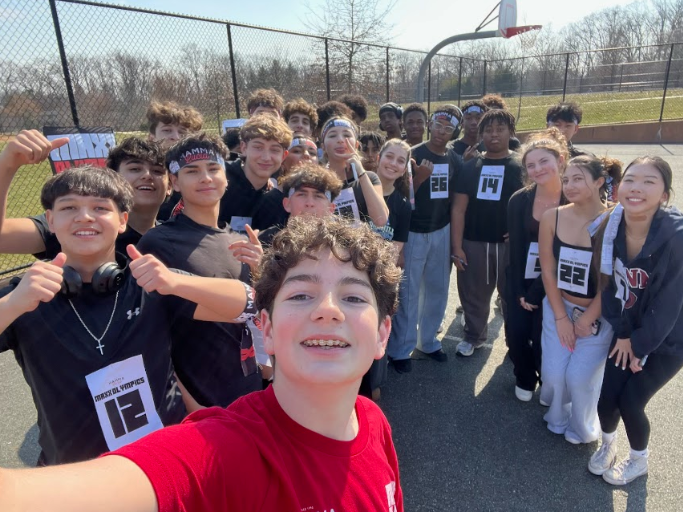The current generation is known for using various social networks to connect with one another. Although being able to communicate all the time may seem like a benefit, it has also led to an increase in forms of bullying such as making Facebook statuses like “I can’t believe you did that to me” or “You think you’re so cool for ditching me, you’re such a bad friend.”
In this new species of cyber-bullying, one references a certain person or issue on social networking sites such as Facebook and Twitter without mentioning his or her name. On Twitter, this is called subtweeting. On Facebook, people just create indirect statuses.
Sophomore Kristina Hann recalls witnessing subtweeting on a daily basis.
“Often, when I’m on Twitter, I see it about one every ten tweets,” Hann said.
The comments are specific enough to make clear to the reader who is being discussed without explicitly saying his or her name. The writer can deny the offense, but everyone else in his or her circle knows who is being targeted.
Rachel Resnik, director of the Mindwell Psychology practice in Bethesda, believes this passive-aggressive method of problem solving is not beneficial for either party.
“With the particular method of subtweeting, it is most likely used to get around parental supervision,” Resnik said.
With the lack of parental control on the Internet, one has to freedom to vent their feelings in whatever terms he or she deem appropriate.
According to Katie*, who has been used in an indirect status, she was really hurt by the status because a lot of people knew who the status was talking about. She could not call the writer out on it, however, because he or she could easily deny that the status was about the source.
Most teenagers look at this way of venting as harmless and appropriate, but it still does not change that what they say online is permanent, public information.
“Technology has made it very easy for one to be aggressive,” said Resnik. “One doesn’t see the outcome of what they say or how the person reacts to what they say.”
Although this strategy would seem to be used by one who has low self-esteem, a 2002 study by psychologist George Schreer proved that those who have a higher self-regard are more inclined to use this method of aggression.
According to Rebecca*, who has used subtweeting to vent about her boyfriend, she believes people use this methods because it is easier for people to get their point across without making a big deal about the issue.
Even though these methods allow one to purge their feelings concerning an issue, it can lead to a greater problem than it needed to be originally.
For example, if one gets into an argument with a friend, and then writes about it on Facebook, it is indirectly getting more people involved in the conflict. Once more people become involved in the issue, it escalades from a petty issue into a greater problem that is more difficult to resolve.
One might not be able to control what another person writes on Facebook or Twitter, however, one can control his or her response to the issue by either ignoring it or responding to it in person rather than online.
“We could shut down subtweeting today, unfollow them and tell them we aren’t going to tolerate it anymore,” Resnik said. “However, we human beings are not good at stepping forward and defending someone.”
*source’s name was changed to protect their identity







